Oil-Free Cooking: Delicious Ways to Cook Without Oil
In today’s health-conscious world, oil-free cooking is becoming more popular. People are looking for ways to live healthier. You might be surprised to learn that you can cook without oil and still enjoy great flavors and meals.
This article will show you different techniques and healthy cooking options. You’ll see that you don’t need oil to make tasty dishes. Get ready to learn simple ways to improve your cooking without losing flavor.
Table of Contents
Understanding Oil-Free Cooking
Oil-free cooking means making food without oils or fats. It uses special techniques to add flavor, keep food moist, and improve texture. This way of cooking leads to healthy and tasty meals.
What is Oil-Free Cooking?
This method skips using oils in cooking. Instead, it uses liquids, herbs, spices, and certain cooking methods. This lets you get creative and make healthy dishes.
Benefits of Cooking Without Oil
Oil-free cooking has many benefits. Some key advantages include:
- Reduced calorie consumption: Meals without oil often have fewer calories.
- Improved heart health: Not using oils can help your heart stay healthy.
- Nutrient density: Oil-free meals can be packed with more nutrients.
- Weight management: This method can help you keep or lose weight.
Studies back these benefits, showing healthier eating when oils are avoided. By using oil-free cooking, you make meals that are not only tasty but also good for you.
Why Choose Oil-Free? The Health Benefits
Choosing oil-free cooking can greatly improve your health. It helps cut down on calories and fats. Many people now prefer this method for its health benefits without losing flavor.
Reducing Calories and Fats
Oil-free cooking is great for those trying to lose weight or stay healthy. It lets you eat less without losing taste. Using whole foods like fruits, veggies, and grains makes meals full of nutrients but lower in calories.
This small change can greatly improve your diet.
Aiding Digestion and Heart Health
Cooking without oil can also boost your digestion and heart health. It can lower cholesterol levels, which is good for your heart. Plus, it encourages eating more fiber-rich foods, which help with digestion and nutrient absorption.
These choices can also help lower blood pressure and reduce the risk of chronic diseases.
| Health Aspect | With Oil | Oil-Free |
|---|---|---|
| Caloric Content | Higher due to added fats | Lower from whole ingredients |
| Cholesterol Levels | Potentially increased | Reduced with whole foods |
| Fiber Intake | Often lower | Generally higher, aiding digestion |
| Disease Risk | Higher | Lower, supporting heart health |
By choosing oil-free cooking, you can live a healthier lifestyle. You can enjoy tasty meals without the extra calories and fats.

Ways to Cook Without Using a Single Drop of Oil
Exploring different techniques lets you enjoy tasty meals without extra fats. Here are some practical methods for delicious results without oil.
Steaming: A Simple and Effective Method
Steaming is a top choice for cooking without oil. It keeps nutrients in veggies and grains, making meals healthy and tasty. Use a steamer basket or an electric steamer, adding herbs or spices to the water for extra flavor.
Vegetables like broccoli, carrots, and spinach come out vibrant and tender. It’s a favorite in oil-free cooking.
Baking with Water or Broth
Change your baking by using water or broth instead of oil. This method boosts flavors and keeps food moist. Use vegetable stock or chicken broth in recipes like casseroles or baked dishes.
This way, your ingredients soak up rich flavors without extra calories from oil.
Utilizing a Slow Cooker
The slow cooker is great for oil-free meals. It makes tender, delicious dishes with ingredients like tomatoes, beans, or broth. Just mix your favorite veggies, proteins, and seasonings in the slow cooker.
Let it cook for hours. You’ll get a hearty meal full of flavor without oil.
Non-Greasy Cooking Methods to Explore
Exploring non-greasy cooking methods can change your meals for the better. You can roast vegetables without oil or use grilling techniques for oil-free meals. Both ways make food taste better and keep nutrients intact.
Roasting Vegetables Without Oil
Roasting without oil is easy with vegetable broth or citrus juices. These help create caramelization and add flavor. Pick veggies like carrots, bell peppers, and zucchini.
Toss them in veggie broth or lemon juice. Then, put them on a baking sheet. Roast at 400°F for 20-30 minutes, until tender and lightly browned. This shows the great results of non-greasy cooking.
Grilling Techniques for Oil-Free Meals
Grilling is great for making tasty, oil-free dishes. Marinate proteins or veggies in vinegar or citrus juices. This adds moisture and flavor without fats.
Try balsamic, apple cider, or red wine vinegar for marinades. Let them soak for at least 30 minutes before grilling. This method keeps food juicy and flavorful, proving that non-greasy cooking works well.
Healthy Cooking Alternatives to Consider
Looking for ways to avoid oil in cooking? There are many healthy options that can make your food taste great and be good for you. Using fruit and vegetable purees adds both flavor and nutrition. Low-fat dairy or plant-based yogurts also work well, making dishes creamy without extra fat.
Using Fruit and Vegetable Purees
Fruit purees like applesauce or bananas can keep baked goods moist and sweet. They’re great for no-oil recipes. For savory dishes, try vegetable purees like squash or cauliflower. They add richness and are packed with vitamins and minerals.
Low-Fat Dairy for Flavor
Low-fat dairy products can make your cooking healthier without losing flavor. Greek yogurt or cottage cheese are perfect for creamy sauces and dressings. They bring a rich taste and a smooth texture, making your meals healthier and lighter.

Oil Substitution Techniques in Cooking
Using oil substitution techniques in cooking makes meals tasty and healthy. You can choose flavorful broths or use herbs and spices. Both ways help make food delicious without oil, showing that less can be more.
Choosing Flavorful Broths
The broth is a great base for many dishes, adding flavor like oil does. Use vegetable, chicken, or beef broth for a rich taste. Make sure the stock is low-sodium for health.
Try making your own broths from vegetable peels or chicken bones. This way, you can tailor the flavor to your liking.
Herbs and Spices for Enhanced Taste
Herbs and spices can turn simple meals into tasty dishes. Don’t just stick to salt and pepper. Try fresh herbs like basil, thyme, and cilantro. Spices like cumin, smoked paprika, and chili powder add depth without oil.
Make herb blends ahead of time. Use them in sauces, marinades, or dressings. This makes it easy to add flavor without oil whenever you cook.
No-Oil Recipes You Will Love
Exploring no-oil recipes opens up a world of tasty and healthy meals. You can enjoy breakfast, lunch, or dinner without losing flavor. These meals are both healthy and satisfying.
Breakfast Ideas: Oil-Free Pancakes and Smoothies
Begin your day with oil-free pancakes. Use applesauce or mashed bananas in your batter. These fruits add moisture and sweetness, making your pancakes fluffy and healthy.
For a refreshing option, try a smoothie. Blend your favorite fruits, leafy greens, and almond milk. This mix boosts your energy and is a nutritious part of your day.
Lunch and Dinner: Flavorful Grain Bowls
For lunch and dinner, try grain bowls. Use quinoa, brown rice, or farro as the base. Top it with spiced roasted vegetables like bell peppers, zucchini, and carrots.
Season the vegetables with herbs and spices for a rich flavor. Add chickpeas or black beans for extra protein. These bowls are filling and delicious.
Oil-Free Meal Ideas for Every Occasion
Exploring oil-free cooking reveals a treasure trove of tasty and convenient meals. It’s ideal for those with a hectic schedule. You can whip up quick dinners on weeknights and prep meals in advance to stay on track.
Quick Weeknight Dinners
Looking for a fast, healthy meal? Here are some oil-free options:
- Stir-fried vegetables: Pick your favorite veggies and cook them in vegetable broth for a tasty dish.
- Veggie pasta: Cook whole grain pasta and mix it with homemade tomato sauce, loaded with herbs and sautéed onions.
- Quinoa bowls: Mix cooked quinoa with black beans, corn, and avocado for a satisfying meal.
Meal Prep for the Week Ahead
Meal prep is a game-changer for oil-free cooking. Here are some tips to get you started:
- Choose a day to cook several oil-free dishes, like soups, stews, or grain salads.
- Store portioned meals in containers in the fridge. This makes it easy to grab healthy lunches and dinners.
- Try new flavors and ingredients to keep your meals exciting all week.
By adopting these quick meal ideas and meal prep strategies, you can enjoy healthy, oil-free meals without the stress of last-minute cooking.
Low-Fat Cooking Tips to Keep in Mind
Keeping a low-fat cooking routine takes discipline and creativity. By controlling portions and making balanced meals, you can enjoy tasty dishes without losing health. Here are some creative tips to help you cook low-fat every day.
Portion Control and Balanced Meals
Pay close attention to portion sizes for the best results. Even healthy meals can have too many calories. Aim for a plate with:
- Protein: Lean meats, legumes, or tofu
- Carbohydrates: Whole grains like quinoa or brown rice
- Vegetables: A variety of colorful and nutrient-rich options
Using these parts helps make balanced meals with less fat.
Creative Ways to Use Cooking Techniques
Try different cooking methods to make your meals better and lower in fat. Here are some ways:
- Layering flavors: Use herbs, spices, and citrus juices to add depth to your dishes.
- Texture contrast: Mix crunchy vegetables with softer grains or proteins for interesting textures.
- Flavor infusions: Use broths and stocks to steam or cook ingredients instead of oil.
Being creative in the kitchen lets you find many low-fat cooking tips. Focus on balanced meals and try new techniques for fun.
Exploring International Cuisines Oil-Free
Adapting international cuisines to fit an oil-free cooking methodology opens up a world of exciting flavors. It promotes healthier eating. Both Italian and Indian dishes offer hearty and delicious options without oil. This way, you can enjoy authentic tastes without compromising your health goals.
Italian Dishes Made Without Oil
Italian cuisine is known for its rich flavors, which can be achieved without oil. You can replace oil in traditional recipes by using vegetable broth or tomato-based sauces. Consider the following ingredients that can enhance your Italian meals:
- Fresh herbs such as basil, oregano, and rosemary
- Garlic and onions for depth of flavor
- Fresh vegetables like zucchini, bell peppers, and spinach
By focusing on these ingredients, you can create a wide array of pasta dishes, vegetable ratatouilles, and soups. These dishes remain true to their Italian roots while embracing oil-free cooking.
Vegan Indian Curries: Flavor Without the Fat
Indian cuisine showcases an impressive palette of spices that can elevate dishes without the need for ghee or oil. Traditional vegan curries can be prepared using a mix of whole, fresh ingredients that pack in flavor.
- Base vegetables like onions, tomatoes, and garlic
- Spices such as cumin, coriander, and turmeric
- Protein sources like lentils or chickpeas for added nutrition
Incorporating the above elements allows you to create satisfying vegan curries. These curries tantalize the taste buds and celebrate the essence of Indian cooking. They maintain an oil-free approach.
| Cuisine | Key Ingredients | Cooking Techniques |
|---|---|---|
| Italian | Herbs, garlic, fresh vegetables | Boiling, roasting, sautéing with broth |
| Indian | Spices, lentils, tomatoes | Simmering, steaming |
Exploring international cuisines through oil-free cooking not only enriches your meal options. It also aligns with a healthier lifestyle. You can enjoy delicious dishes while embracing vibrant flavors from around the world.
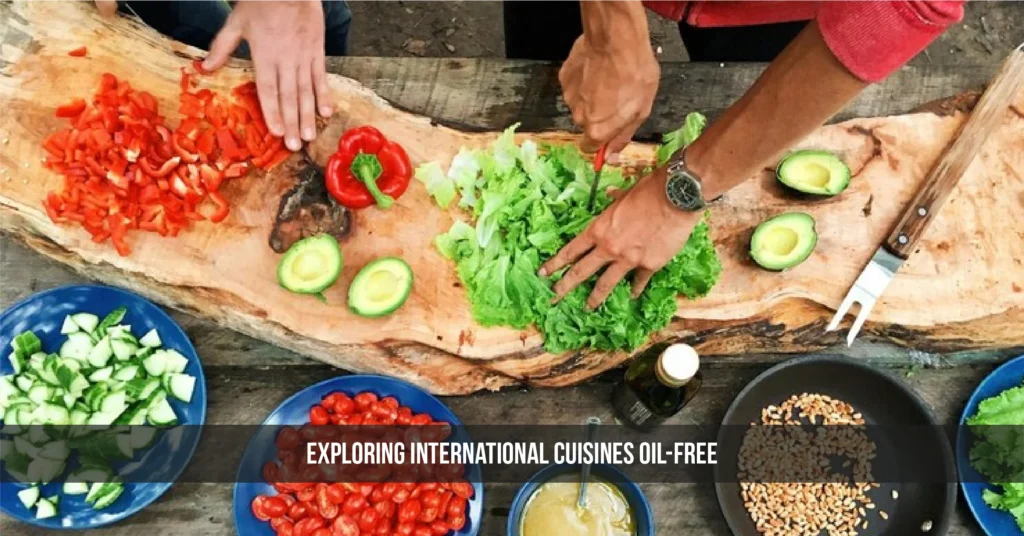
Cooking Tools and Equipment for Oil-Free Cooking
Oil-free cooking is fun and rewarding with the right tools. The right cookware makes a big difference. It helps you make tasty, healthy meals without oil.
Best Cookware for Non-Greasy Meals
Non-stick cookware is great for oil-free cooking. It makes food easy to release and clean up is quick. Here are some top cookware materials:
- Ceramic Coated Cookware: Offers excellent non-stick and is safe from harmful chemicals.
- Stainless Steel: Perfect for searing and roasting without oil.
- Cast Iron: Great for oven baking and keeps heat well.
- Silicone Baking Mats: Ideal for baking without oil, making cleanup easy.
Using Kitchen Gadgets to Simplify Oil-Free Cooking
Kitchen gadgets make oil-free cooking easier and faster. Here are some tools for tasty, healthy meals:
- Food Processors: Great for smoothies, sauces, and purees without oil.
- Steamers: Cook vegetables and grains moist and flavorful.
- Air Fryers: Make fried foods crispy without oil, for healthy meals.
- Pressure Cookers: Cook fast and flavors meld well without fats.
| Cooking Tool | Key Benefit | Best Use |
|---|---|---|
| Ceramic Cookware | Non-toxic and easy food release | Stovetop and oven recipes |
| Food Processor | Versatile and fast meal preparation | Dips, spreads, and purees |
| Air Fryer | Cooking with crispiness without oil | Vegetables and faux-fried snacks |
| Steamer | Preserves nutrients in food | Cooking vegetables and fish |
With these tools, you can easily start oil-free cooking. Enjoy healthy meals that are also satisfying.
Conclusion
Exploring oil-free cooking opens up a world of tasty and healthy meals. You can steam, bake with broth, or use slow cookers. These methods help you make dishes that are good for your heart and taste great.
Choosing oil-free cooking does more than cut calories. It also helps with digestion and boosts overall health. With a little creativity and the right ingredients, you can make many delicious dishes. This shows how fun and rewarding oil-free cooking can be.
Trying these cooking methods can take your cooking to new levels. You can make everything from fresh salads to hearty grain bowls. You can even explore international dishes without the extra fat. It’s time to start making healthier, more flavorful meals!
Also Read: How to Keep Food Fresh Without a Fridge: Tips & Tricks
FAQs
What is oil-free cooking?
Oil-free cooking involves preparing meals without using oils or fats, relying on techniques like steaming, baking with broth, and using herbs and spices to enhance flavor and texture.
What are the health benefits of oil-free cooking?
Oil-free cooking can reduce calorie intake, improve heart health, aid digestion, and support weight management by focusing on nutrient-dense, whole-food ingredients.
Can I still enjoy flavorful meals without oil?
Yes! By using flavorful broths, herbs, spices, and techniques like roasting or grilling, you can create delicious, oil-free meals that are both healthy and satisfying.
What are some easy oil-free cooking methods?
Popular oil-free methods include steaming, baking with water or broth, using a slow cooker, and roasting vegetables with vegetable broth or citrus juices.
Are there oil-free alternatives for baking?
Absolutely! You can replace oil in baking with fruit purees like applesauce or mashed bananas, or use low-fat dairy or plant-based yogurts to maintain moisture and flavor.
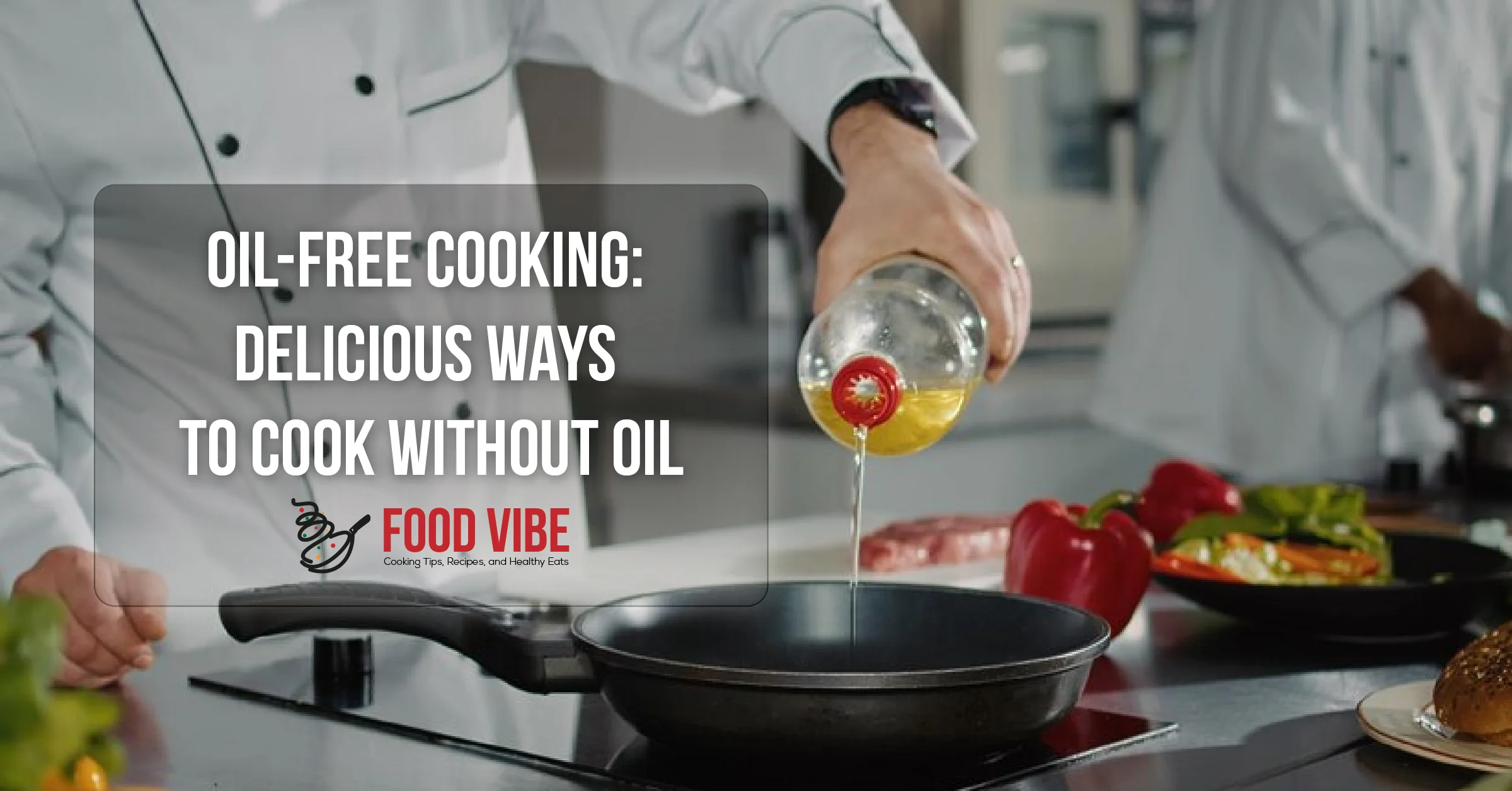
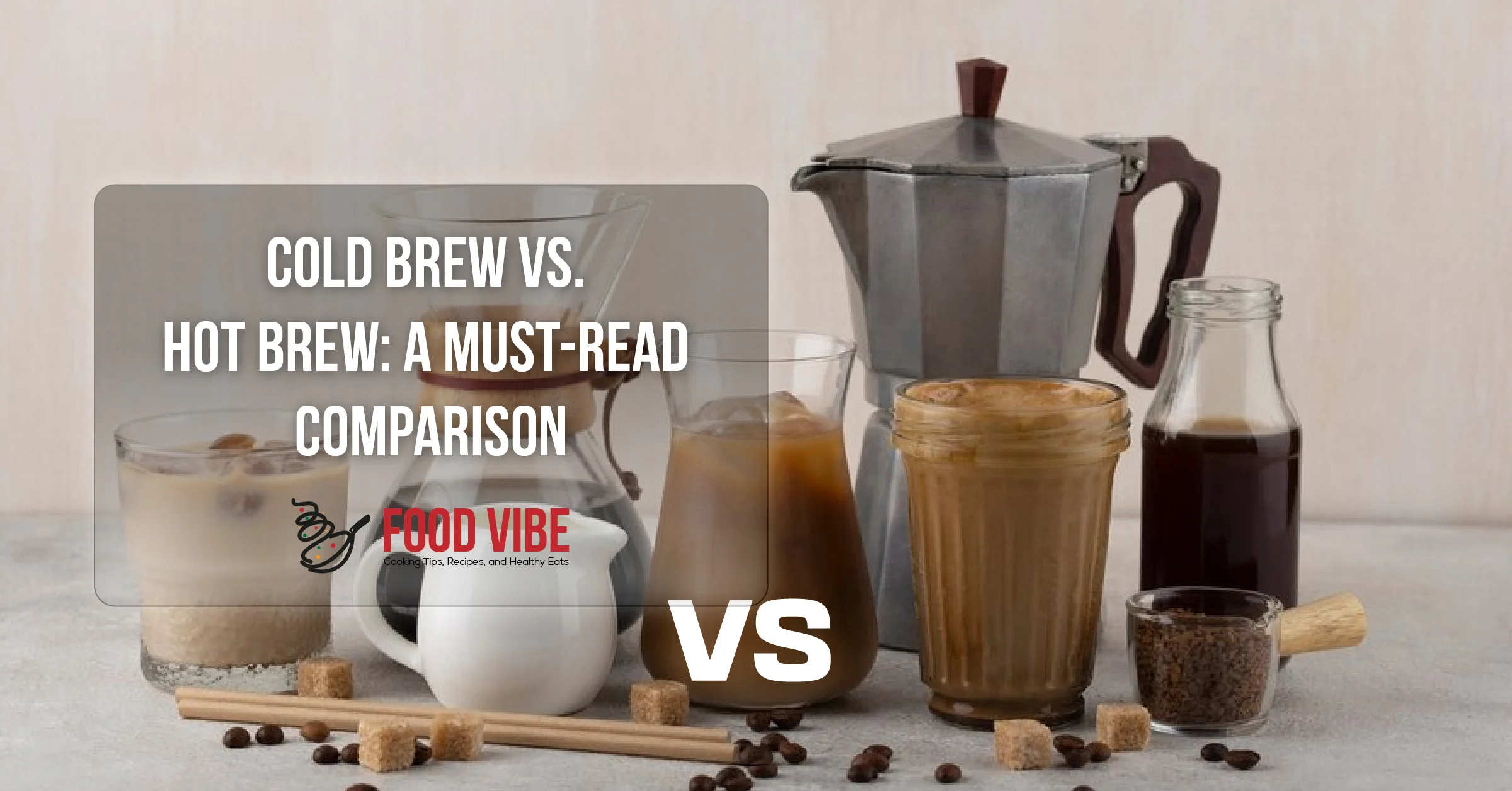
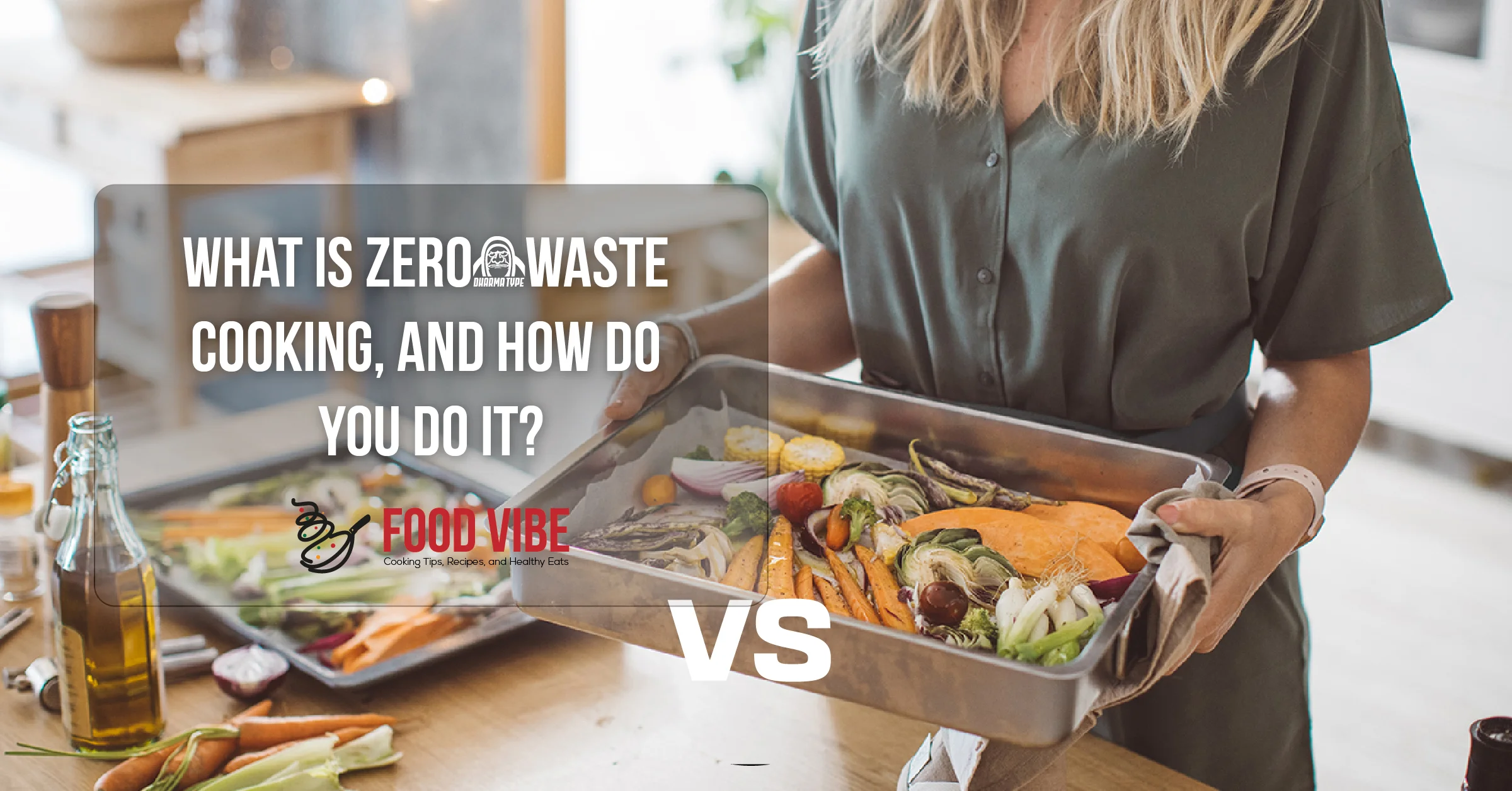
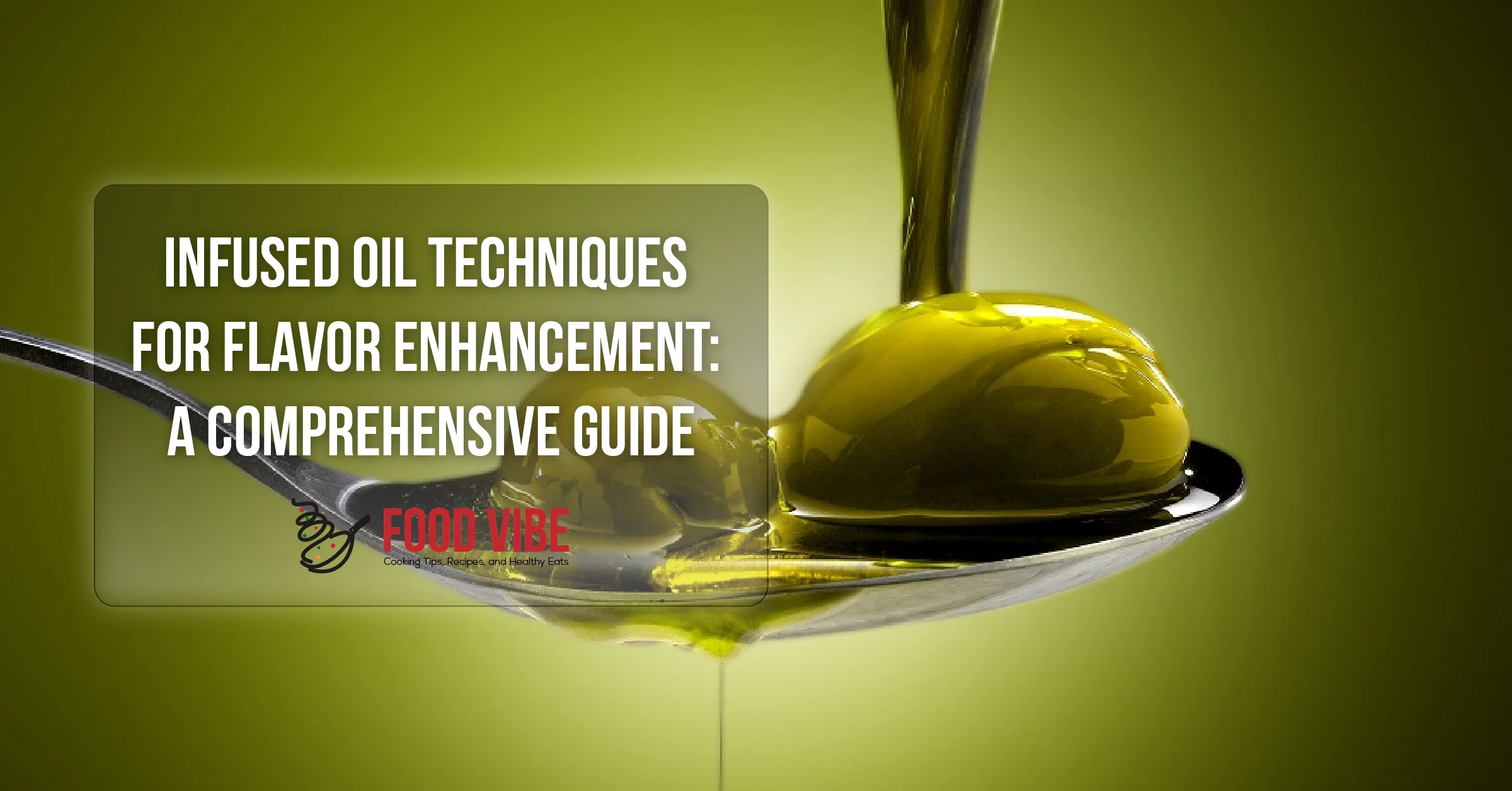


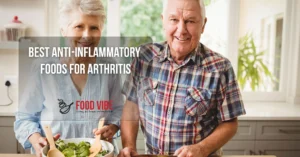

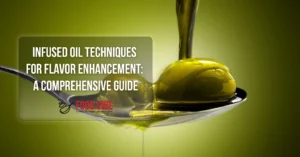


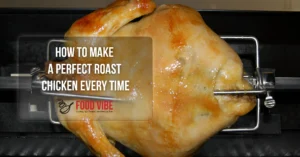


Post Comment